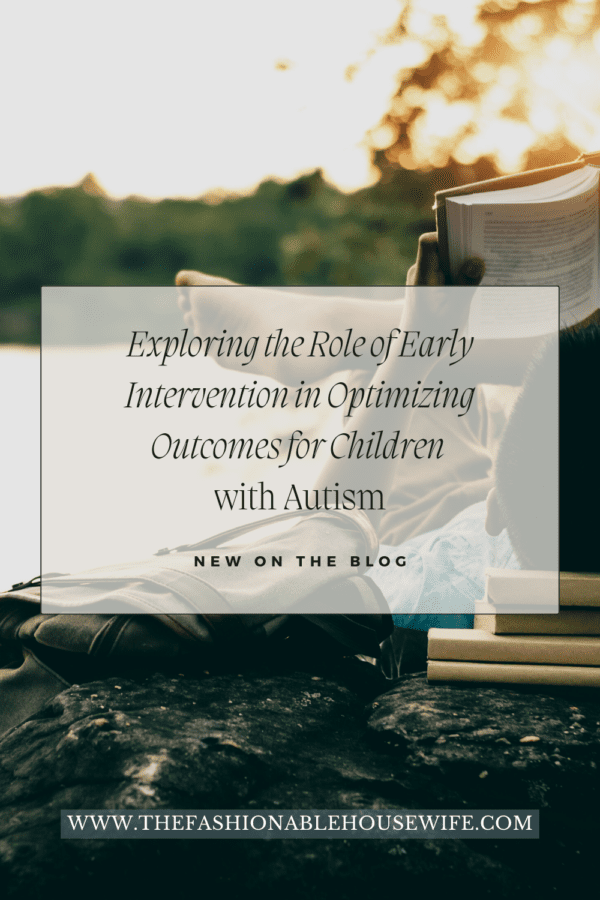
When it comes to the diagnosis of learning or social issues in children, autism is one of the most commonly diagnosed and one that can have the best outcomes with earlier intervention.
In the United States, at the present time, it is estimated that every classroom has a minimum of two children who are on the autism spectrum. If they do not receive the correct diagnosis in a timely manner, this can cause issues with making friends and make it harder for them to excel in education or to even learn to communicate their needs.
So, how does early intervention help parents and teachers as well as the child who may have autism? Read on to find out.
Early Identification and Diagnosis
If you suspect that your child has autism, or is on the spectrum, then the sooner you get the diagnosis confirmed by a trained medical team, the better the outcome will be. This is because research has found that early intervention with individuals who have autism can help them to develop communication skills and behavioral coping strategies, which can help them through life. It is also better for parents, as they can access tools and support groups to help them understand their children and to better manage their behaviors; you can even download an autism app to help you!
Applied Behavior Analysis (ABA therapy)
ABA therapy is an important tool for children who have autism, and it is best to start as early as possible. It focuses on teaching children with autism how to communicate using tools and speech, as well as focusing on positive aspects of their behavior and appraisal to encourage them to repeat these behaviors. This is a research-backed approach, and it has been found to have positive outcomes for children who have autism with their communication, their behavior, and their education.
Speech and Language Therapy
It is not uncommon for children who have autism to experience issues with speech and language. So, with early intervention, children with autism spectrum can have speech and language therapists dedicated to them who can help them to learn how to talk and communicate with more clarity. This will reduce feelings of frustration for them and will also make it easier for them to make their needs known without having a meltdown, which is better for everybody.
Social Skills Training
Many children who have a diagnosis of autism will struggle when it comes to navigating social situations. As time goes on, if they do not receive a diagnosis, these skills can become harder for them to learn later in life. Early intervention with children who have ASD can help them to learn social skills that will help them get through school, college, and potentially university. Let’s face it; social skills don’t really change at a base level; they just get a bit more complicated as people get older!
Different Sensory Needs
Accommodating autistic children’s sensory needs is a crucial aspect of promoting their well-being and facilitating positive behavior outcomes. Many autistic children are hypersensitive to sensory stimuli, and something as seemingly minor as the texture of clothing fibers or the presence of scratchy tags can become overwhelming and uncomfortable. This sensory overload can lead to meltdowns and heightened anxiety, hindering their ability to engage with their environment effectively. Therefore, finding sensory-friendly clothing options, such as sensory friendly socks for kids and tagless shirts, can be a game-changer. These sensory-friendly products are designed to minimize discomfort, reduce sensory triggers, and provide a more soothing experience for autistic children. By addressing these sensory challenges and providing children with comfortable clothing options, we can create a more supportive environment that empowers them to thrive and engage in daily activities with greater ease, ultimately leading to better behavior outcomes and improved overall well-being.
Parent and Family Involvement
When a child with autism has early intervention, it is best for their outcome if the school environment and their parents work together to form a cohesive plan.
This will involve using the same tools to communicate in the classroom and at home, as well as discussing any potential issues that are spotted in either of these environments. This collaboration with parents will help to create a more predictable environment in the home and the school, which can have better outcomes for behavior and learning.








